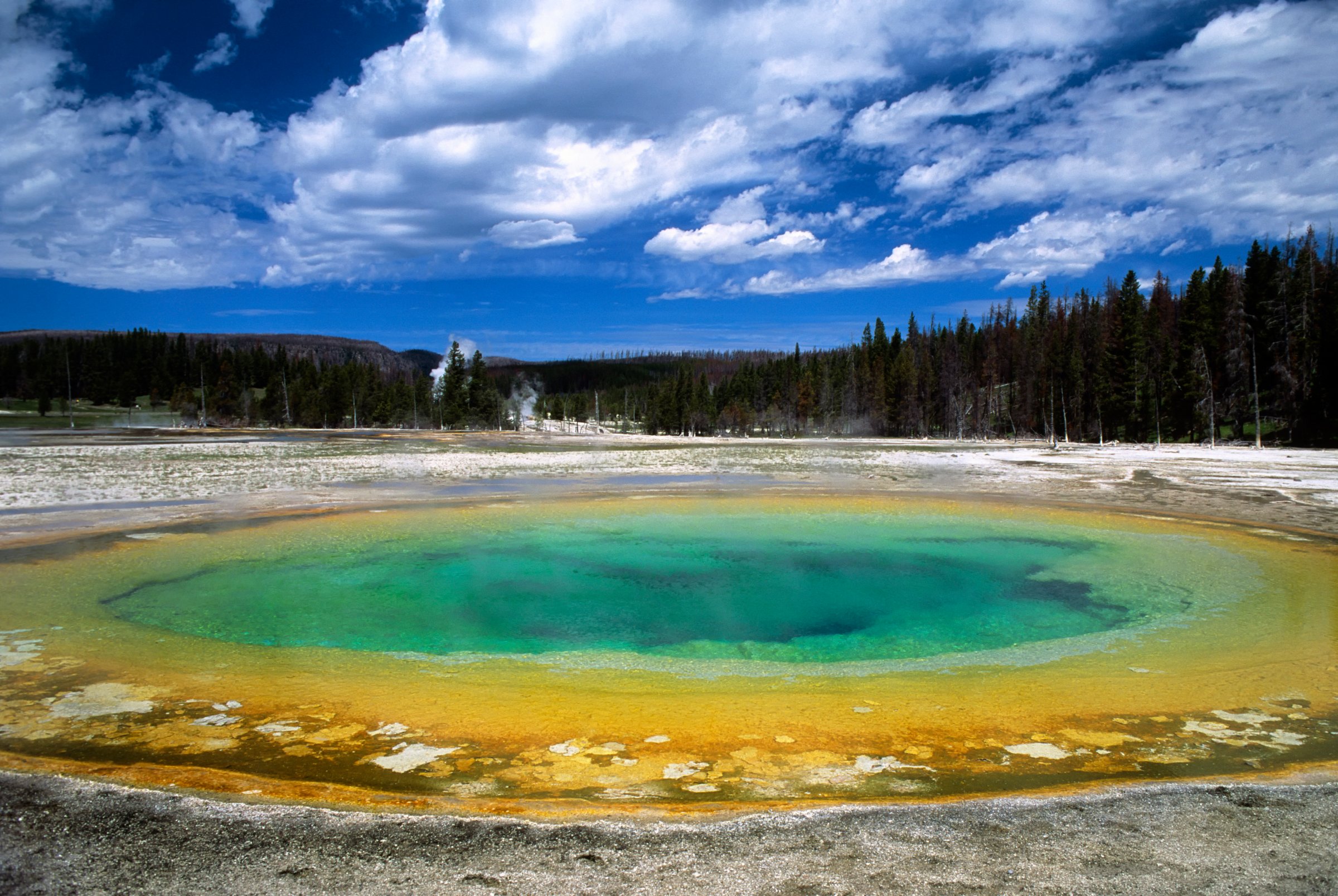
Researchers have discovered a previously unknown chamber of magma underneath Yellowstone’s supervolcano. That chamber contains 11,200 cubic miles of magma, which, in addition to the already-known 2,500 cubic miles in an upper chamber, means the combined amount could fill the Grand Canyon nearly 14 times.
The University of Utah has produced the first 3D image of the underground expanse, giving greater insight to how the hotspot works, Smithsonion reports. It has been erupting for 17 million years, most recently some 640,000 years ago. Most of the magma is hot, solid rock, not molten rock, and the risk of a new eruption has not increased with this discovery. Scientists say we would likely have fair warning before another eruption in the form of earthquakes, higher ground temperatures, or other indicators of volcanic activity.
Read next: The Problem with U.S. Wildlife Protection Efforts
More Must-Reads from TIME
- Donald Trump Is TIME's 2024 Person of the Year
- Why We Chose Trump as Person of the Year
- Is Intermittent Fasting Good or Bad for You?
- The 100 Must-Read Books of 2024
- The 20 Best Christmas TV Episodes
- Column: If Optimism Feels Ridiculous Now, Try Hope
- The Future of Climate Action Is Trade Policy
- Merle Bombardieri Is Helping People Make the Baby Decision
Contact us at letters@time.com